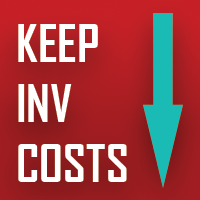As a subset of the industrial PC market, Panel PCs incorporate the display and the computer’s workings in one sealed unit, often with touch controls. But why use them over a standard PC?
Panel PCs offer a usability advantage over a standard keyboard and mouse set up. Admittedly this is often dependant on what software is being used, but generally panel PCs result in a quicker, more efficient use of time. They are often portable, and in cases where they are not intended to be carried around, they can be mounted strategically around the workshop or warehouse, making them ideal for stock taking. They also serve well as the point–of–sale system. With a properly managed system in place, the inventory–taking panel PCs and the point–of–sale panel PCs link together, automatically adjusting the inventory as items are sold.
With the advent of touch–screen devices in the mainstream consumer’s hands, the opportunity to further involve panel PCs in the commercial system has risen in the form of customer–operated order screens. These are particularly useful in warehouse–style retail outlets, where a customer can navigate the inventory themselves using a panel PC, make their purchases, and finally collect their items from a collection point.
Panel PCs are also useful on the move. Goods need to get to and from warehouses and retail outlets, and panel PCs allow for the easy tracking of such movements. Such systems have proven especially popular with consumers in the form of a delivery tracking, allowing a customer to see their ordered items’ progress as it is delivered to them. This system is often further enhanced by portable inventory device, such as a tablet or mobile computer, able to update the main system in real time as the customer signs for the delivery of their item.



